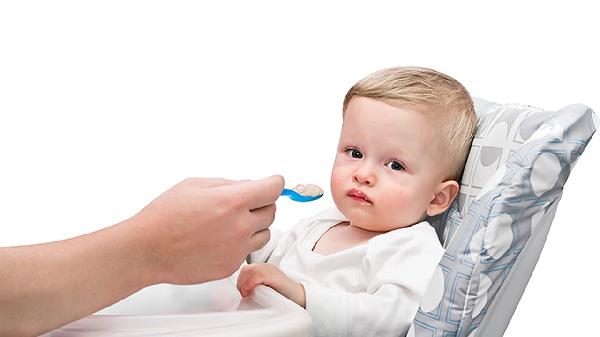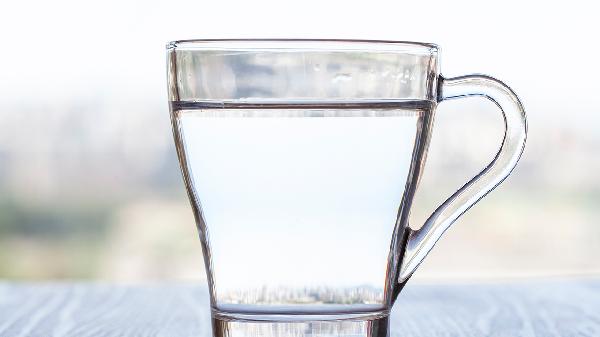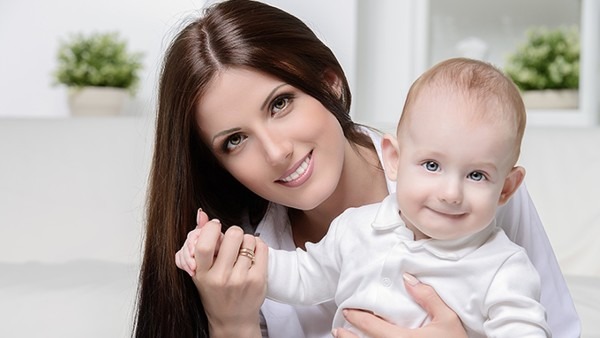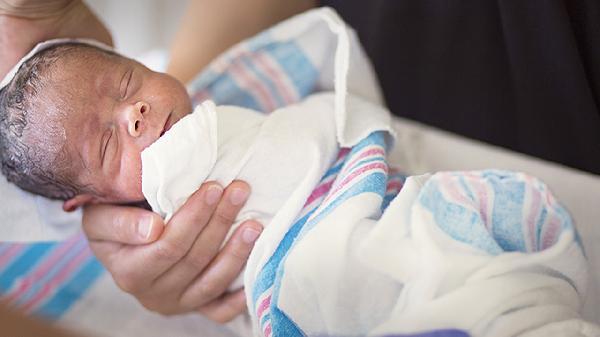As new parents, you may often wonder how many layers of clothing are appropriate for your baby. So, how can you tell if your baby is cold or not?
The method of feeling your baby’s hands to determine if they’re cold is not accurate. A baby’s heart is relatively weak, and the amount of blood pumped to the extremities is minimal. The circulatory system in the hands and feet is also not fully developed, which can result in the baby sweating despite wearing many layers, while their hands and feet remain cold.
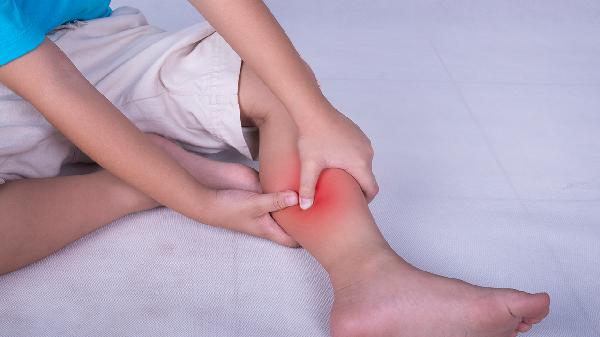
If parents blindly add more layers of clothing at this point, it can hinder the baby’s ability to regulate their body temperature and even lead to illness.
The correct way to judge if your baby is cold or warm: Feel the neck and back.
Use your hand to gently sweep across the back of your baby’s neck and upper back.
Judge based on the following conditions:
- If the skin is warm but not sweating, the clothing is appropriate.
- If the skin feels hot and there is sweat, the baby is too warm and is wearing too much.
- If the skin feels cool, the baby is a bit cold and needs an extra layer.
Dressing your baby in too many layers can also lead to several issues:
1. Babies are more susceptible to illness in autumn and winter compared to adults. Their ability to adapt to temperature and environmental changes is weaker, and their immunity is relatively poorer. They cannot handle the stimulation of cold air easily, making them more prone to catching a cold. However, this ability can be adjusted through exposure to colder temperatures, thereby enhancing the baby’s resistance. Therefore, as the weather gradually cools, avoid over-dressing your baby too early. Instead, allow them to be exposed to cooler environments to build their resistance and adaptability. This helps boost their metabolism and heat production, making them more resilient to climate changes.
2. It may trigger overheating syndrome. Many parents tend to bundle up their baby tightly when they have a fever or when the weather turns slightly cold. In reality, this prevents the baby from dissipating heat, leading to high body temperatures without release. Excessive sweating in a short period may also cause dehydration or even shock.
3. Overdressing can negatively affect a baby’s development and growth. It restricts their limb movement, potentially causing delayed motor development compared to their peers.
4. In severe cases, it can lead to skin conditions such as heat rash or folliculitis.
So, how should you dress your baby as the weather cools?
Ensure your baby is warm but not too hot, and that they’re comfortable. For babies who cannot walk yet, their metabolism is lower, and their activity level is higher, so they can wear one more layer than the parents. For toddlers or children in kindergarten, they can wear the same thickness as the mother, or even one less layer.
Everyone has individual differences, and the perception of cold or warmth may vary. However, the “neck and back test” is a relatively accurate method!




